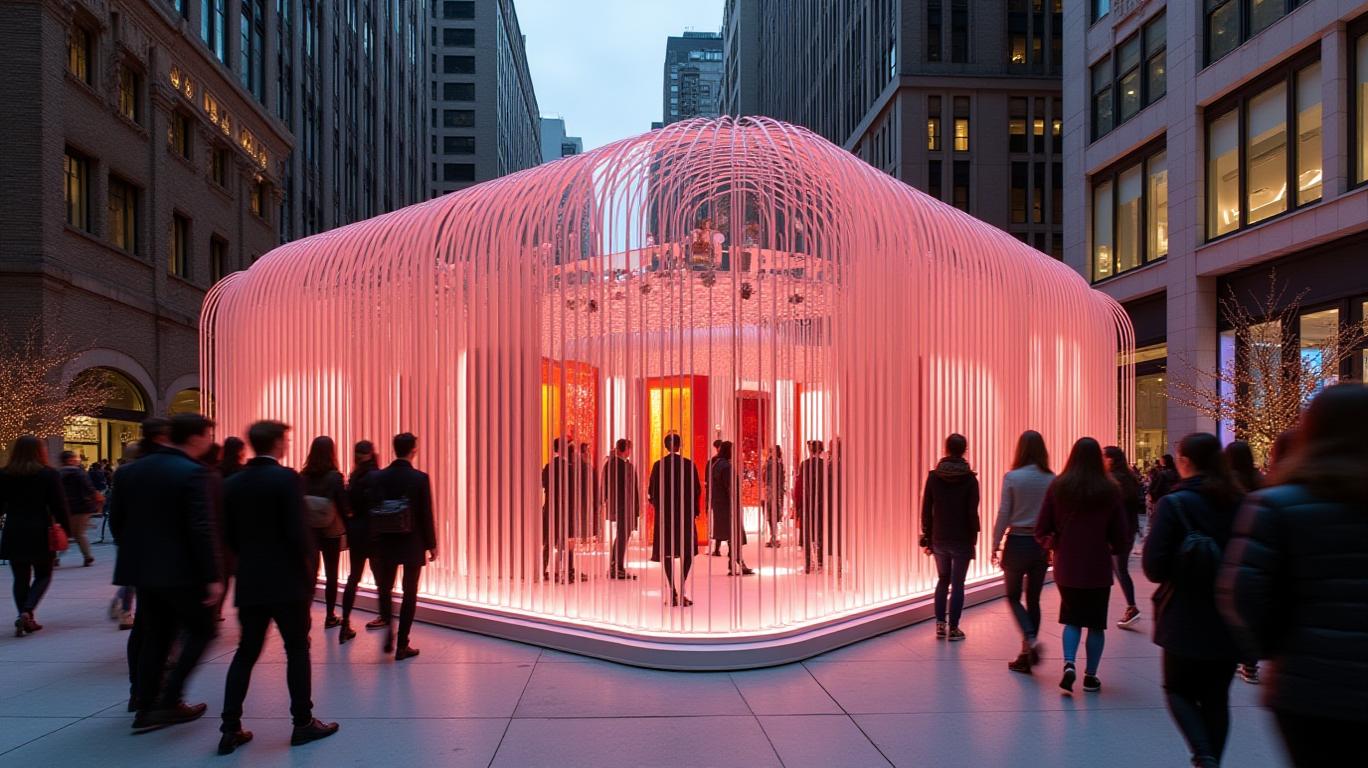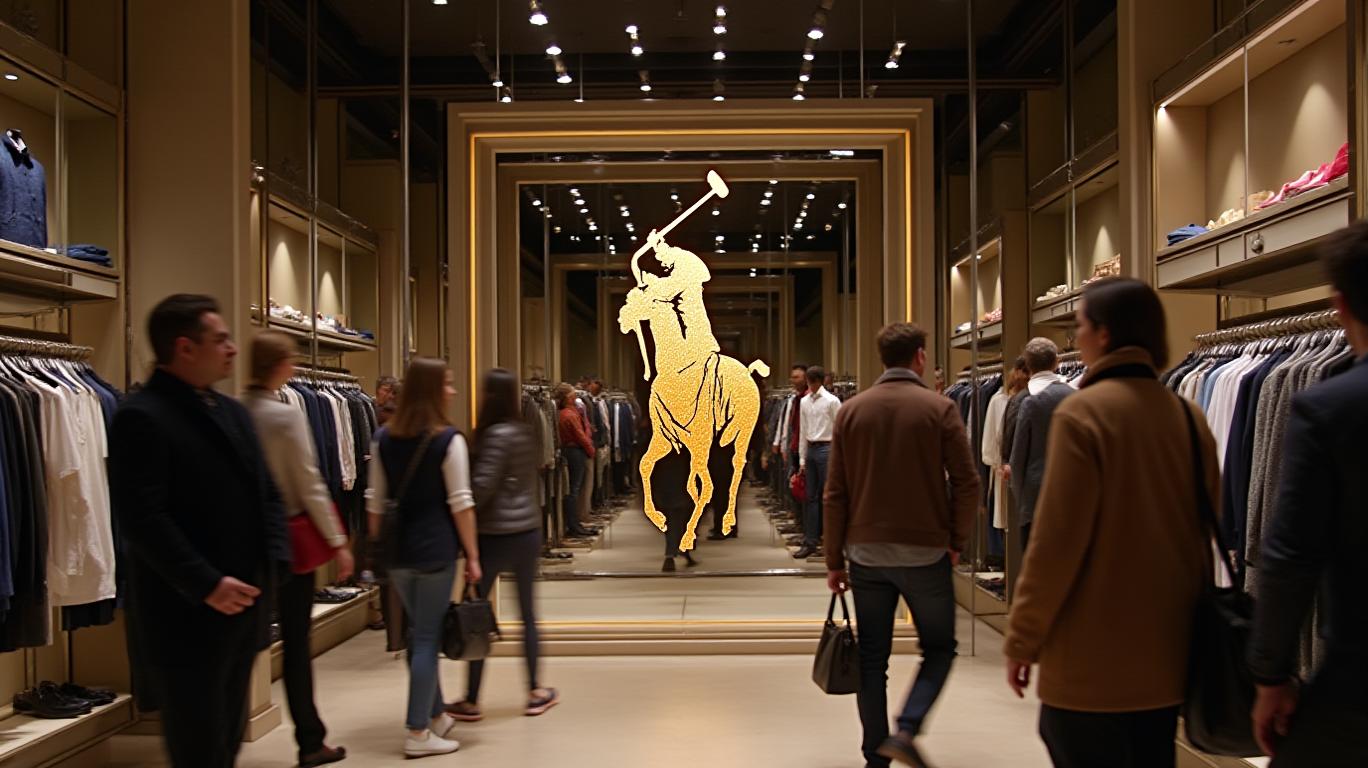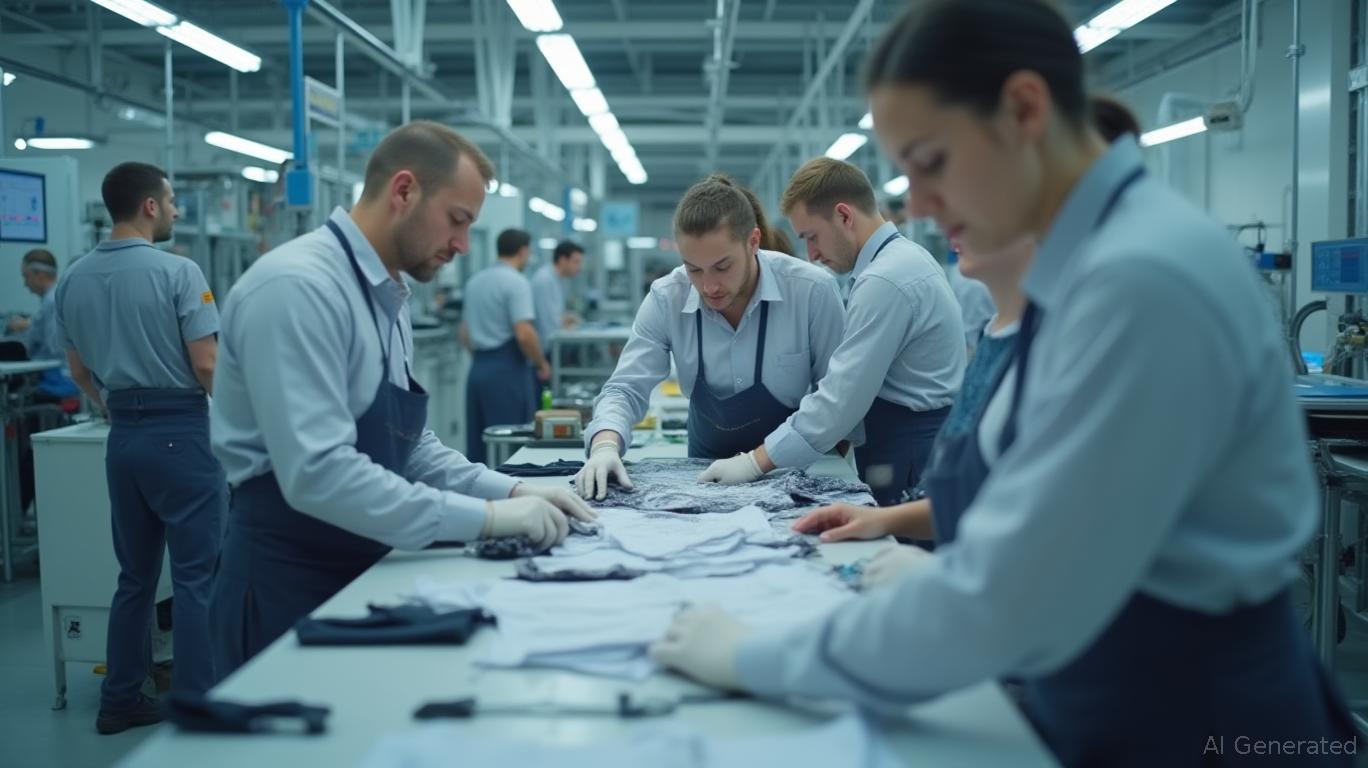Prada's Q1 Surge: A Luxury Play Amid Global Uncertainties?
Prada Group delivered a robust 13% year-over-year revenue rise to €1.34 billion in Q1 2025, fueled by Miu Miu’s meteoric growth and strategic bets on cultural retail. Yet, beneath the surface lies a complex narrative of geographic volatility, macroeconomic headwinds, and the looming challenge of integrating the Versace acquisition. For investors, this quarter’s results are a mixed bag of optimism and caution.
The Miu Miu Miracle
The standout performer was Prada’s younger sibling, Miu Miu, which saw sales soar 60% to €377 million, driven by its bold pop-up initiatives and personalized product offerings like the Miu Miu Custom Studio. The brand’s Gymnasium pop-ups and collaborations with cultural icons have redefined its appeal among Gen Z and millennials.

This growth isn’t just about fashion—it’s a testament to Prada Group’s ability to diversify its revenue streams. However, skeptics question whether Miu Miu’s rapid expansion can be sustained. Analysts at Bernstein warn that the brand’s “normalization trajectory” remains uncertain, with pressure to avoid over-saturation.
Regional Winners and Losers
While Miu Miu shines, Prada’s core brand faced headwinds. Asia-Pacific sales grew just 10%, with China reporting single-digit declines—a stark contrast to 2024’s post-pandemic boom. Yet, pockets of strength emerged: Wuhan’s SKP store, Prada’s largest in China, delivered “unbelievably strong” first-week sales, hinting at untapped potential in second-tier cities.
Europe and the Middle East, however, were bright spots. European revenue jumped 13%, fueled by tourism recovery and domestic demand. The Middle East led all regions with a 31% surge, reflecting Prada’s aggressive store openings in Saudi Arabia and the UAE.
The Versace Gambit
The €1.25 billion acquisition of Versace—pending regulatory approval—adds a wildcard to Prada’s future. While the deal aims to expand its portfolio into high-margin ready-to-wear and accessories, concerns linger about integration risks. Analysts at Citi note that Versace’s lower margins could dilute Prada’s profitability, which currently stands at a robust 38% EBIT margin.
CEO Andrea Guerra insists the move is about “long-term strategic growth,” but investors will scrutinize how synergies materialize. The challenge? Balancing Versace’s bold streetwear aesthetic with Prada’s heritage craftsmanship without diluting either brand’s identity.
Macro Risks Loom Large
Despite the top-line gains, Prada isn’t immune to global economic pressures. Guerra flagged U.S. tariffs and currency volatility as key threats, with potential pricing adjustments of 2–4% to offset costs. Meanwhile, China’s stagnant luxury spending—attributed to weak consumer confidence—remains a wildcard.
Analysts: Buy the Brand, Hedge the Risks
Citi’s Thomas Chauvet labeled Prada “the fastest-growing luxury company this quarter,” citing “executional precision.” Yet, Bernstein’s Luca Solca tempered optimism, warning that macroeconomic “operating deleverage” could undercut margins. The stock’s “Buy” rating hinges on Prada’s ability to navigate these crosscurrents.
Conclusion: A Luxury Double-Edged Sword
Prada’s Q1 results underscore its dual strengths: creative differentiation and operational resilience. Miu Miu’s rise and regional diversification provide growth engines, while the Versace acquisition signals ambition. However, the road ahead is fraught with risks—from China’s elusive consumer to the complexity of integrating a high-profile acquisition.
For investors, the key metrics are clear: Miu Miu’s ability to sustain its 60% growth, Prada’s recovery in China (tracking Q2 sales will be critical), and Versace’s margin performance post-integration. With a market cap of €16.16 billion and a YTD stock decline of 24%, Prada remains a bet on the luxury sector’s resilience.
In a sector where creativity meets capitalism, Prada’s next act will hinge on balancing its cultural ambitions with the cold calculus of global markets. For now, it’s a story of cautious optimism—a luxury, indeed, in uncertain times.


_442a2dcc1749832873286.jpeg)
_e68fac6d1749831664430.jpeg)














